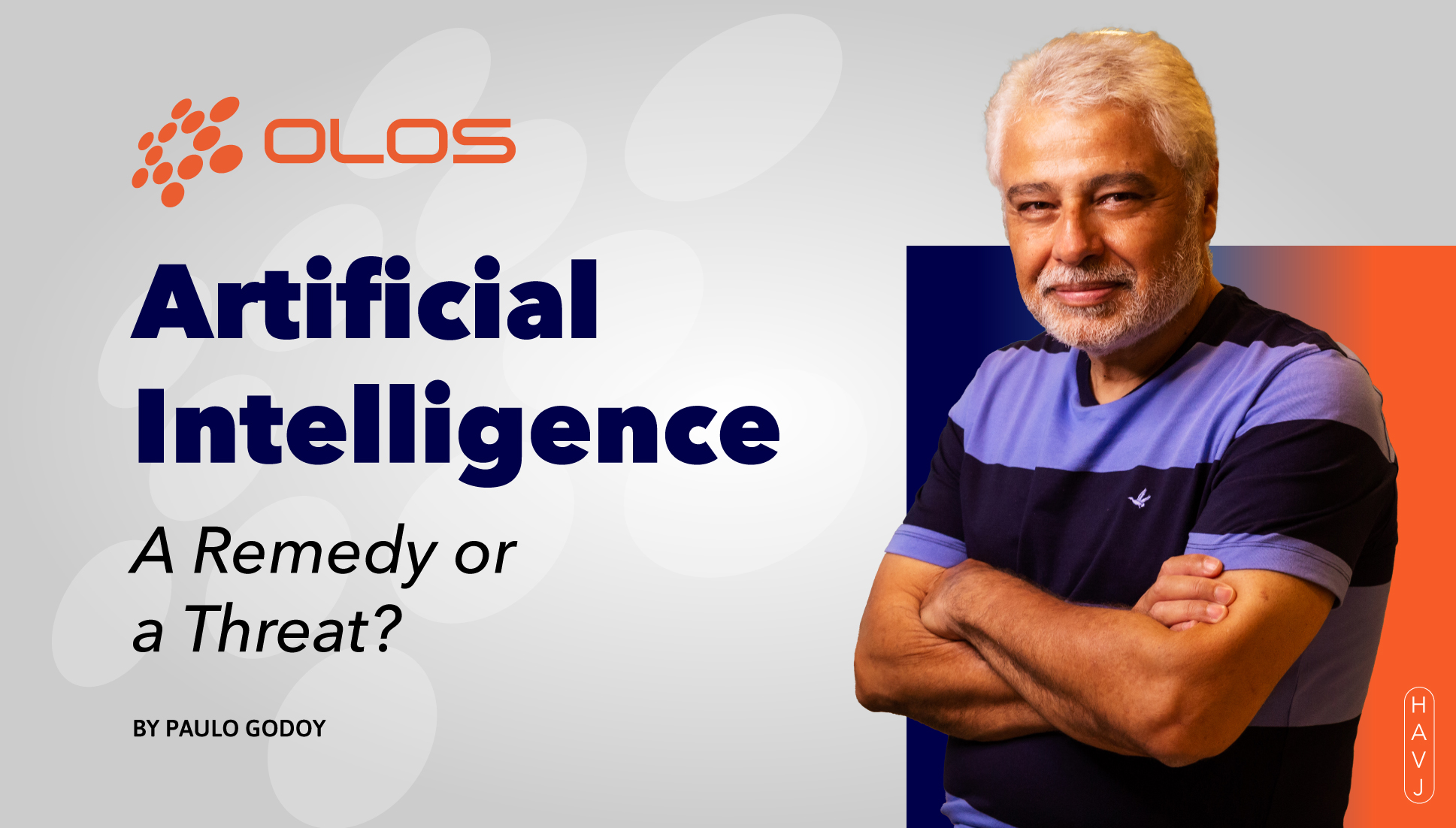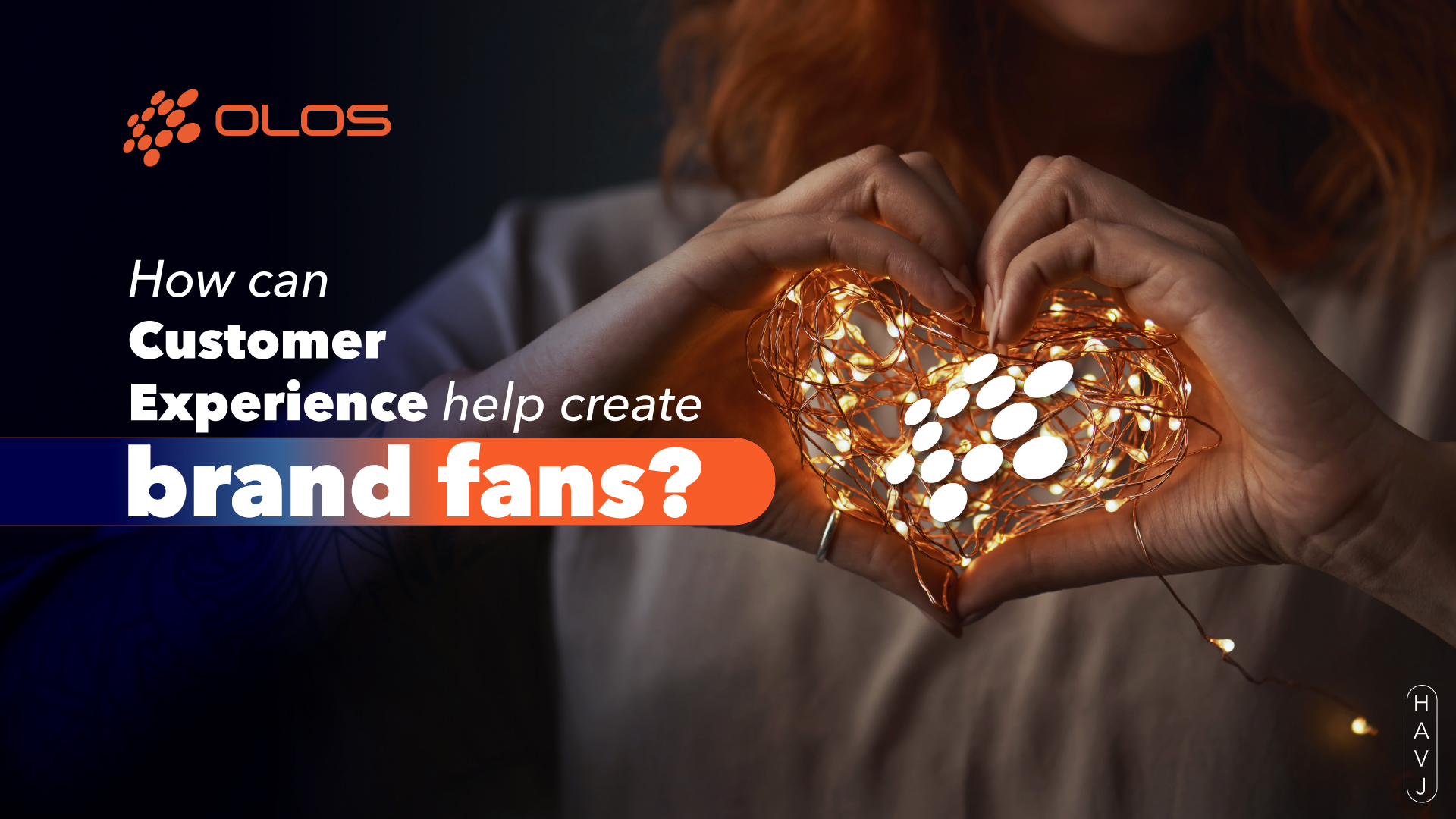The difference between the buyer’s journey and the customer journey is essential for brands to understand how to win and retain both their customers and new buyers.
What is this difference?
The buyer’s journey is the process a customer goes through to purchase a product or service from a company.
It is their entire journey, from researching the problem to searching for solutions to choosing one of those solutions.
The buyer’s journey is divided into three stages: awareness, consideration, and decision. Here’s what each of these stages means.
Awareness: The buyer is facing a problem and is looking for information to understand and name their issue.
Consideration: Now that the buyer has a clearly defined name for their problem, they begin to research and understand all the methods that can solve the problem.
Decision: The buyer has decided which solution they want to use to solve their problem and is now comparing a list of available brands to make their final purchase decision.
On the other hand, the customer journey is a process that strengthens the relationship your brand has with existing customers, those who have already purchased, with the goal of ensuring they are more loyal to your brand and increasing customer lifetime value (CLV).
The customer journey focuses on targeting existing customers with post-purchase content that enhances their experience as a customer of your brand.
The goal is to improve retention rates.
By making all the experiences a customer has with your brand delightful even after the purchase, you will increase the likelihood that a customer will buy your products or use your services again in the future.
The best of both worlds
But how can brands unify a buyer journey strategy with the customer journey? Here are some actions that can be taken:
Align sales and success: Include your sales managers in the early stages of the process. Have them participate in pre-sales meetings and keep them informed about customer communications. This allows for a smooth and seamless transition during and after the purchase.
Adjust messaging and communication: Ensure that the messaging and communication used throughout the buyer’s journey aligns with the actual experience of using the product or service.
Set appropriate and realistic expectations: Don’t sell a dream and expect someone else to solve the problems after the sale. This is always counterproductive.
Provide education and training: To ensure that customers realize the value of the product they are purchasing/have already purchased, provide education and training resources that help them learn how to best use the product and obtain benefits/realize value.
Develop a solid pre-acquisition plan: Following the education/training line, to ensure successful acquisition of new customers, start the process early, i.e., in pre-acquisition. This allows you to set expectations, build trust, and make a positive first impression of the product or service by outlining a transition plan and implementation timelines.
Offer ongoing support: Customer success is all about support. Even after a customer makes a purchase, continue to offer the same level of support and resources you did before the purchase to help customers succeed in solving their own problems.
Collect feedback and make improvements: Get feedback from customers from the first contact and use it to make improvements and updates throughout the rest of the experience.
By taking these actions, brands can bridge the gap between the buyer’s journey and the customer’s journey, ensuring a seamless and consistent experience.
This will result in happier, more loyal customers who are more likely to repeat their purchases and recommend your brand to others.
Remember that the buyer’s journey is focused on winning new customers, while the customer journey aims to strengthen relationships with existing customers.
Both are crucial to a brand’s success, as acquisition and retention are fundamental to business growth and sustainability.
By doing so, your brand will stand out from the competition, gain customer trust, and build lasting relationships that will drive long-term success.






